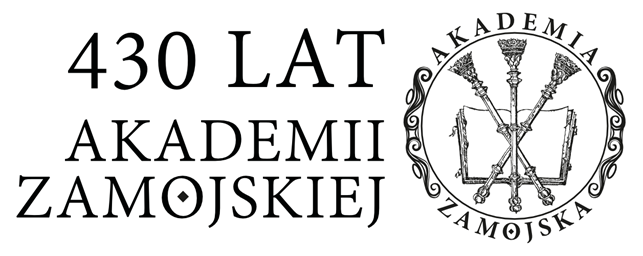An Attempt of Delimitation of Polish Metropolitan Areas by Discriminant Analysis
Jadwiga Zaród
Abstract
The purpose of this article is a division of Poland into areas with different economic and social conditions and the identification of the areas which may aspire to the name of metropolis. Initial division of Polish territorial units was made on the basis of statistical data on the labor market, wages, public utilities, education, health care, environment, culture, industry and construction. These data were subjected to standardization and were verified as to whether represent a normal distribution. Then the discriminatory power of the variables were examined and parameters of the linear discriminant function were estimated. The highest average value of the discriminant function indicates the area most developed in terms of the examined features. Territorial units that belong to this complex are metropolises or aspire to being them. For each area, the classification functions were estimated and on their basis the final division was made. The allocation to the sub-region was mainly determined by variables such as density of population, unemployment rate, average flat surface and the number of entrepreneurs. In the first group are territorial units that belong already to the metropolitan areas. Subsequent numbers indicate areas with increasingly less economic and social development.
Keywords:
data standardization, discriminant analysis, classification function, metropolitan areasDetails
References
Statistics
Authors
Citation rules
Licence

This work is licensed under a Creative Commons Attribution-NonCommercial-NoDerivatives 4.0 International License.


 English
English
 Język Polski
Język Polski




